CipherIt Hackathon (2020)
During the 36-hour KnightHacks Hackathon competition, my team and I developed CipherIt, an encryption program that allows users to encrypt and decrypt strings of text and images. We utilized various encryption algorithms and collaborated using Git and GitHub. CipherIt offers Caesar, Atbash, Vigenere, and Numeric encryption methods, and we coined the term "Pyctography" to describe the image encryption and decryption options. This was my first hackathon, and I gained valuable experience in team collaboration and coding techniques. The published project can be found on Devpost.com.
CipherIt provides four main options:
- Encrypting a string of text the user inputs.
- Decrypting a string of text the user inputs.
- Encrypting an image the user inputs.
- Decrypting an image the user inputs.
We coined the term "Pyctography" for the image encryption/decryption features, reflected within the program.
Self-Balancing Machine Learning (2020)
I trained AI to balance upright in a virtual physics engine (Unity) through machine learning, using only humanoid appendages and joint/hinge rotations. An ML/AI paper on the research and experience is available.
I learned that optimizing physical interactions in a virtual environment is challenging. Initially, giving agents full control of their lower body was ineffective. I implemented a system limiting ankles, knees, upper legs, and hips to six fixed-degree decisions based on waist angle, reducing decisions from 52 million to about 1,300, significantly speeding up training.
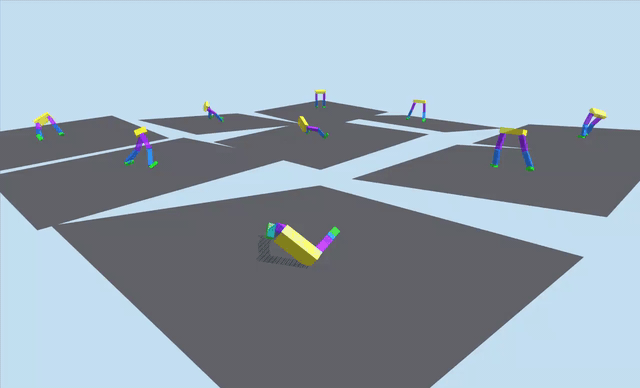
Employee Database (2020)
Completed during my junior year in Object-Oriented Programming (COP 3003), this project involved creating a program to manage a product database using an SQL H2 database. Users could add new products (name, manufacturer, type) and log production details (quantity, date, serial number, product ID, employee username). The program featured a production tab for inputting newly stocked items. I gained valuable experience in SQL databases and UI programming with IntelliJ. The GitHub project is available online.

VRBlitz Roblox Virtual Reality (2020)
Developed during my sophomore summer, VRBlitz is an experimental building game in Roblox’s virtual reality framework. Learning LUA was a great experience, and I now consider myself proficient in it. The VR Blitz game is available on Roblox.
With minimal VR documentation, I reverse-engineered the API to attach the player’s head to the VR headset’s position and rotation. I personalized the experience by matching the player’s head model and skin tone to the headset user, enhancing immersion. The code, spanning about 750 lines, mirrors headset and hand movements, including gestures, across the network.

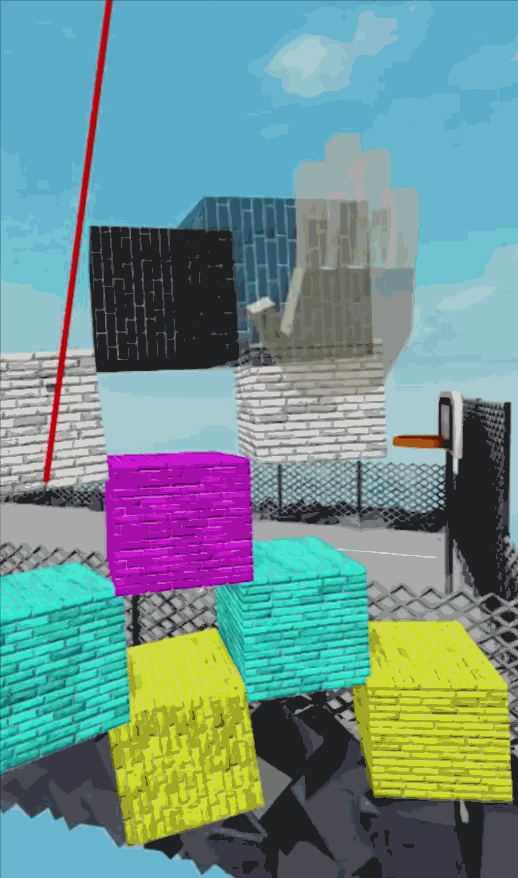

FGCU Horror Research (2020)
As a researcher at Florida Gulf Coast University’s Virtual Reality VIPER department, I studied the immersive qualities of horror in VR environments. I tracked participants’ heart rate, movement, and vocal reactions as they navigated a haunted path, evaluating the impact of sound and visuals on the VR experience.
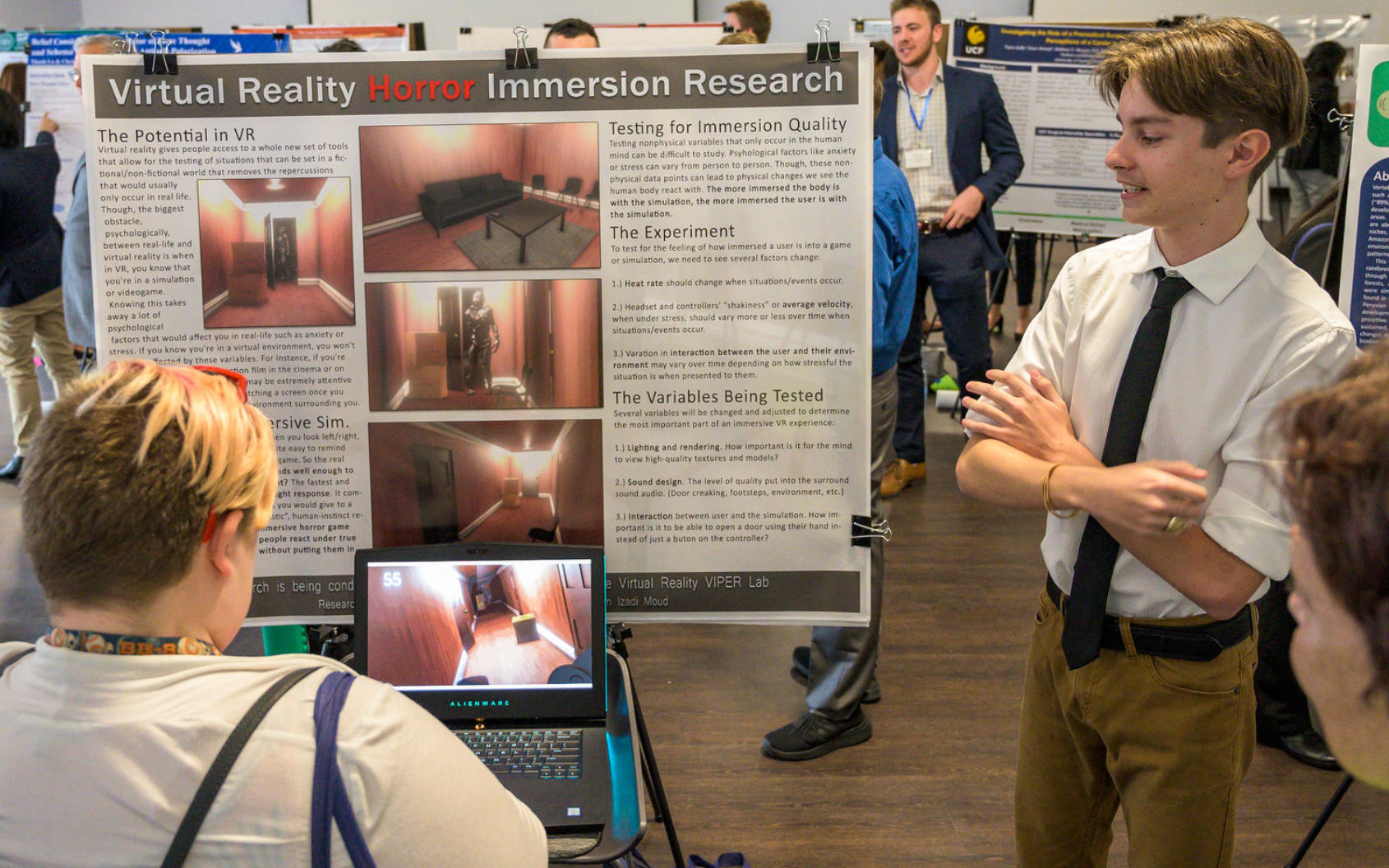
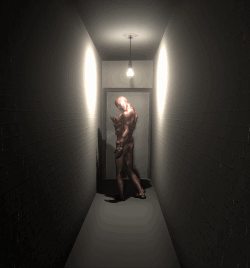
FGCU Drone Research (2021)
At Florida Gulf Coast University, I developed a physics-based drone simulator to train users like construction workers on proper drone operation. It included a self-balancing algorithm mimicking modern drones, realistic controls, and hazard proximity alerts. My research earned the #1 runner-up for best undergraduate research at Eagle X.

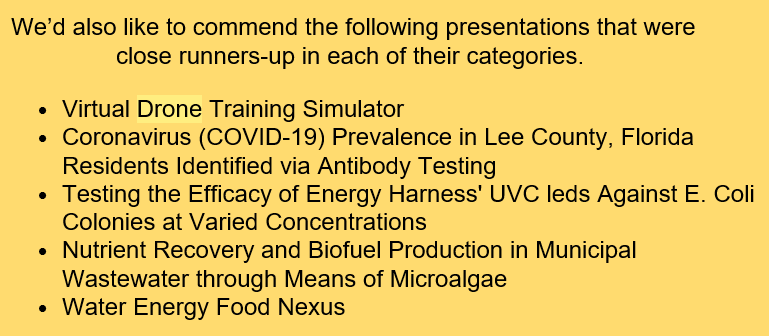
Arduino Assembly Traffic Light (2020)
For my upper-level assembly course (CDA 3104), I designed an Arduino program with a traffic light cycle (green, yellow, red) and a breadboard button to instantly switch to red, simulating a pedestrian crosswalk button. The program was optimized for efficiency, using minimal lines to change LED states in Port B.
I set up an interrupt to detect button presses and arranged LEDs in Port B. The `lightloop` method cycled through green, yellow, and red light methods, with each light change coded in two lines for efficiency (e.g., `LDI r20, 0b00000001` to activate green).
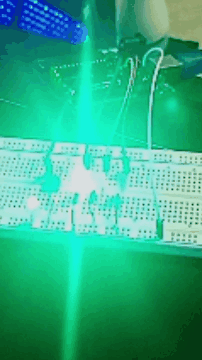

Blix Multiplayer Game (2019 - Present)
Blix is a work-in-progress sandbox multiplayer FPS game developed in Unity using C#. Available on Steam for PC, it offers voxel building and custom game modes like Deathmatch, Team Deathmatch, Infection, Battle Royale, Capture the Flag, Parkour Speed Run, and Mafia. It uses Unity DOTS for multithreading. Join the Discord community or view the roadmap for updates.


Floors Horror Game (48-Hour Challenge)
I challenged myself to create a horror game, Floors, in 48 hours, publishing it on Itch.io for players to test. It received positive reviews, including a gaming commentator’s review. The Floors project involves a basic AI tracking the player, who must collect 10 randomly placed items before being caught.